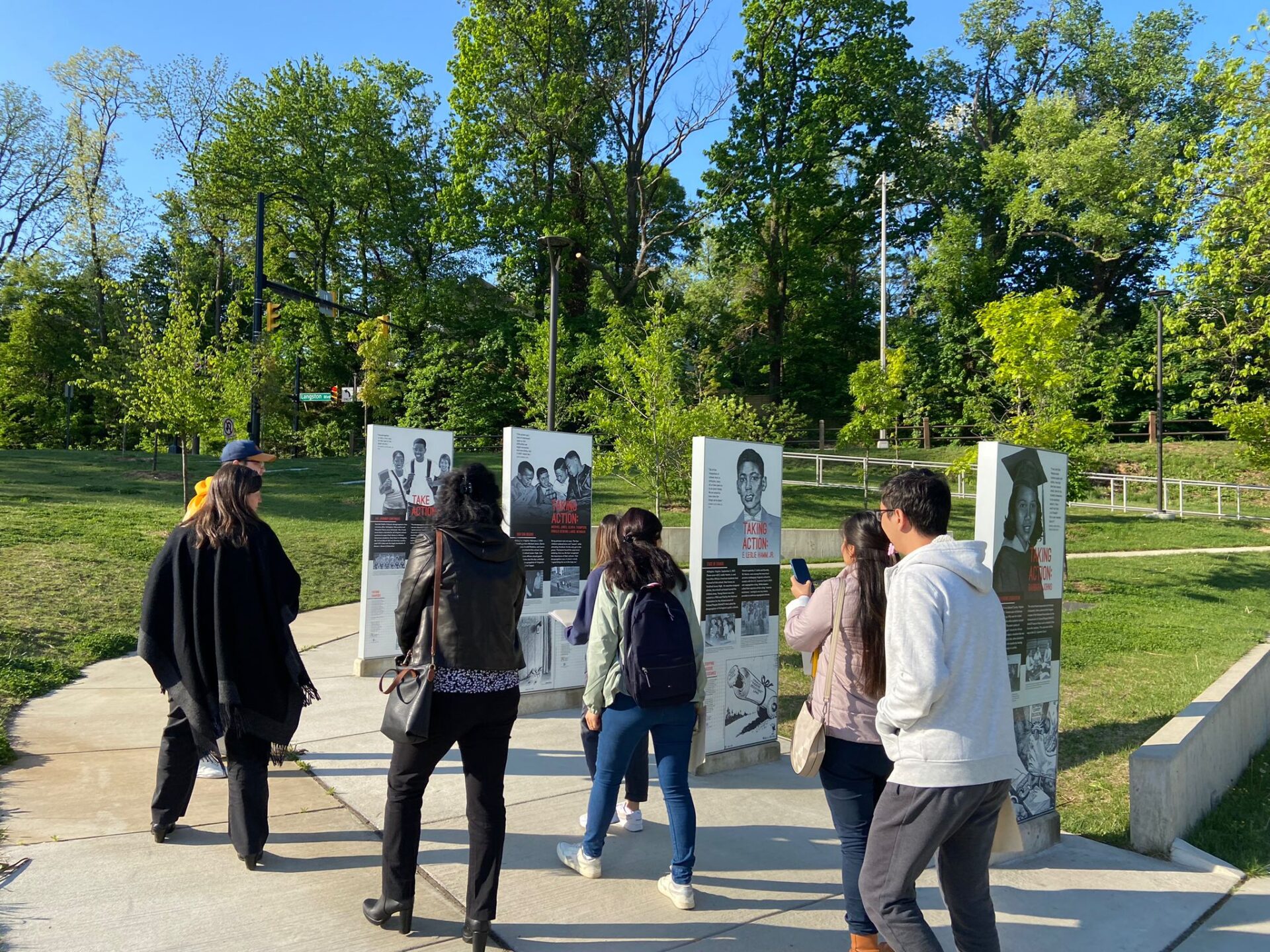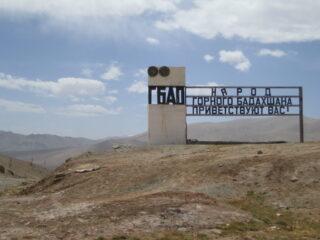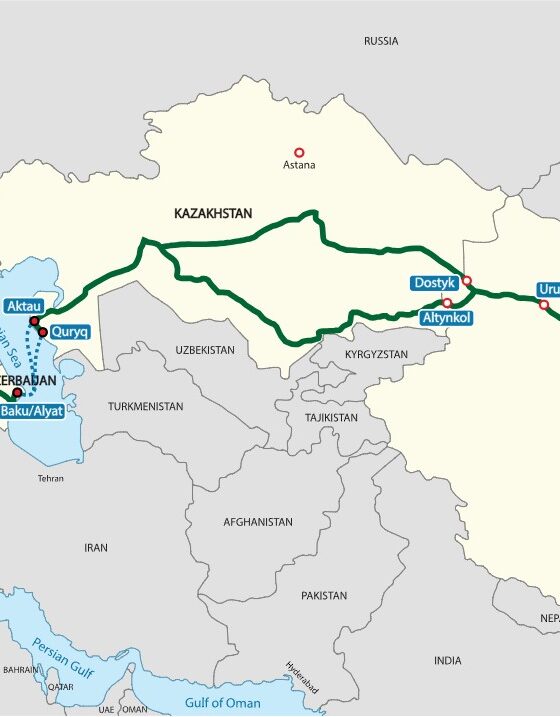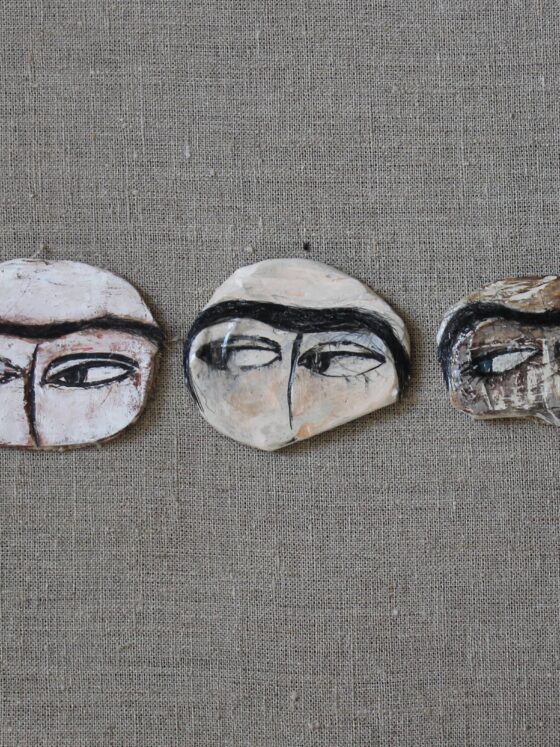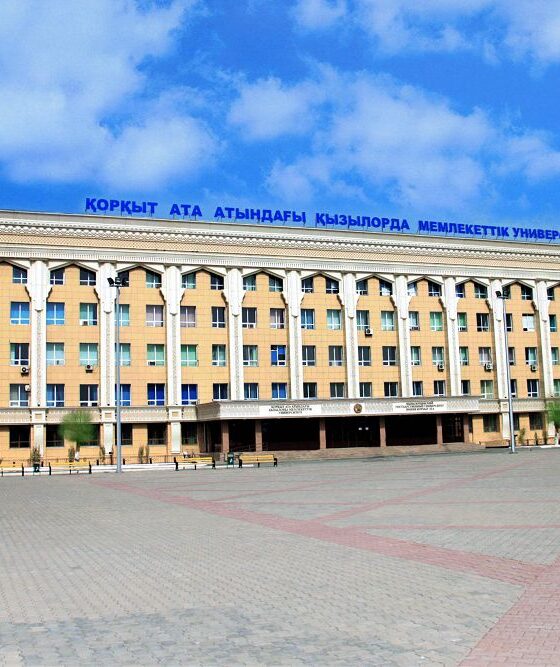Bolashak Reflections: A Series of Essays by Bolashak Fellows on What They Have Learned from Their Studies
Author: Aigul Sarenova
Aigul Sarenova serves as the Dean of General Education at Satbayev University, the first and the leading technical research university in Kazakhstan. Over the last few years, she has been dealing with first-year students’ adaptation challenges as the basis for promoting their personal and professional development in a technical university. Her research at CAP will explore academic freedom as a core value in higher education.
Do you know what distinguishes American schools? Have you ever wondered what it is like to study for a year at a school abroad? Have you ever had to change schools for your kids? What do you as parents need to know about studying at an American school? I am an educator, but I do not work in the field of secondary education. I have been working in higher education for more than 20 years in different universities of Kazakhstan and in different positions, starting out as an assistant, then the head of the department and as dean. Being a parent from abroad I have made note of several interesting points that I would like to share.
Transitioning from Kazakh school to American school
I came to the USA from Kazakhstan for a one-year internship. I brought my three teenage children, who have been studying now for almost a year at a middle school and a high school in Washington, DC. We hadn’t finished the academic year in our home country when we had to move to the USA temporarily. It was mid-February 2022, the middle of the term, and almost the middle of our academic year. Before we arrived, I had done some research. As I learned, approximately 90% of American students are educated in public schools (McDermid, 2022). The schools teach grades referred to as K–12, and these are usually divided into elementary school (from 5 to 10 years old: kindergarten, followed by grades 1–5), middle school (from 11 to 13 years old: grades 6–8), and high school (from 14 to 18 years old: grades 9–12) (Abby Conklin, Natalie Boyd, 2022). As a rule, all three schools are housed on separate campuses. Students attend schools near their homes because traditionally public education has been tied directly to one’s home address, with designated neighborhoods belonging to prescribed school districts (Calder, 2019). So, we took housing selection seriously and we were looking for an apartment in a certain school district. School ranking was the main criteria – “Not less than a 7,” as I was told by a friend of mine. At last, I found an area where there were all three kinds of schools – elementary, middle, and high – very close to each other and with a ranking in the range of 7 to 9 according to the GreatSchools Summary Rating.
As soon as we had found accommodation, I applied to the local DC Public Schools online. It took us three days to get enrolled in school. I applied on Saturday, I got a FaceTime call to prove the residence from both schools on Monday, and Wednesday became our first day at school! It appeared that children in almost all public schools have free breakfast and lunch during the day. There are no school uniforms. Children should be dressed, no dress code, as we were told. By the way, my colleagues, who chose to live in the nearby Virginia or Maryland suburbs area but not in Washington DC proper, had slightly different experiences. They were asked to provide children’s immunization records and get the missing vaccinations. We also were asked to provide immunization records and get the missing vaccinations, but we did it later, after we were enrolled. It took some of my colleagues almost a month to get their kids into the public schools. As our professor told us, there are no common educational standards for the whole country, they are different from state to state; no common curriculum from county to county and even from school to school – “Children can be 5 miles away from each other and have different standards.”
Kazakhstan is a different country, much more than 5 miles away on another continent, and the difference is huge! The most unusual and exciting thing for my children was that every middle and high school student has his or her own personal, tailored schedule. Classes are always different. This is because for every student there is an individual-based approach to learning. My children took English placement tests, along with some other tests, in order to be placed in the appropriate levels for their classes. When we went to the Language Acquisition Division of DC Public Schools to take the placement tests, all three kids got backpacks with all the necessary stationery as a present! It was a very pleasant surprise for my children, motivating and even inspiring. If to compare the programs or curriculum – students in high school can choose to study those subjects that are interesting for them (courses known as “electives,” which they sign up for by choice) alongside those subjects that are required for graduation. My elder daughter decided to take a class on Tourism, because she likes traveling and wants to study tourism in college when we are back home. By comparison, in Kazakhstan Chemistry is an obligatory subject that is taught from the 8th through 11th grades for all students, whereas in the USA students study chemistry as one part of a general Science course in middle school (8th grade), and later for a year during their time in high school. If a student is really interested in Chemistry, if they like it and wish to study it further, they may choose to continue with it as one of their electives after completing the introductory course in the subject. Moreover, students in high school can earn academic credit as if they were studying at a college or university, by taking what are known as “Advanced Placement” (AP) courses and passing a national, standardized exam in the particular subject. Some of these credits can be accepted by a college when students apply there, depending on how competitive admission to the university in question is and how high the student’s test scores are. I believe, as these examples show, that it worth considering how students starting from high school and even middle school are taught to make their own decisions and to be self-sufficient and independent.
Project-based learning
One practice that I liked and that could be adopted in our Kazakhstani schools is that at the very beginning of the term children bring the syllabuses home to have them signed. I think it sends a message that students are also responsible for their role in the learning process. Not only students but their parents sign syllabuses as well in order to show that they know all the terms, requirements, and expectations. Likewise, students feel responsible when they sign syllabuses with their own hand alongside their parents. In Kazakhstan we usually ask students at the university to sign their syllabus, but not schoolchildren.
An interesting fact is that my children do not have textbooks at school. All students in DC are provided with personal laptops. They do their homework and submit assignments through different online study platforms like I-Ready, Canvas and Khan Academy using laptops. Perhaps we should reconsider the need for textbooks in our schools, the publication of which takes a lot of effort and money, but the quality leaves much to be desired. In American schools everything students learn they learn by discovering, conducting experiments, and making projects. I have not heard my kids using the word “project” so often in Kazakhstan. Project-based learning from an early age is one of the main approaches in American K–12 education that could be adopted as a practice by our Kazakhstani schools. As Dr. L.Engel, our professor from George Washington University (GWU), says about project-based learning, it is about “Learning not to learn but to do.” That is why she says, “Don’t ask students what they want to do, but what problem they want to solve.” As an outcome, children learn to communicate, work collaboratively, think critically, and most importantly they love it! I believe this approach makes studying at school really cool, engaging, and memorable. I see in my kids a great motivation to study. As a 6th-grader, my son studied the human digestive system by conducting experiments, having fun and drawing comics. As a result, he knows all the stages of digestion and the names of all human internal organs in English. I, as a parent, am very happy to see my child coming home and sharing his discoveries excitedly.
Grades and the parent’s role
I also like the way American teachers give feedback on a student’s academic progress. They do it according to precise assessment criteria described in syllabuses, very politely and motivating. Not only their teachers, but also my children’s classmates are very supportive and helpful. Though my kids did not speak English fluently, at the very beginning they were treated kindly and very nicely. I notice that now they are not afraid of making mistakes or even getting a “Fail” mark for an assignment. My children understood that it is okay to feel uncomfortable. They are taught to learn to be comfortable when something is uncomfortable. They don’t worry about getting bad marks and don’t get nervous. My children know that they will have an opportunity to correct their mistakes and to resubmit their assignments. I think this is one of the reasons why students do not cheat. First, they reflect on and correct their mistakes, and therefore they learn better. I might be wrong, but sometimes students in Kazakhstan cheat just because they are afraid of getting an F. Usually they are not punished by their schoolteachers for plagiarism or cheating and they probably accept this as a norm. Afterwards they continue cheating in college and in their adult lives.
It’s amazing how parents in our district are very much involved and play a great role in their children’s school lives. They donate, organize different events, and often volunteer their time. As our GWU professor told us, “The more parents are involved, the better is the students’ performance and the better is the climate in school.” With this in mind, I tried myself to volunteer to be a proctor for AP exams in my elder daughter’s school. The format, requirements, attitude, inclusiveness, and organization impressed me very much. Many parents were happy to serve and assist. We could adapt and use some best practices in our work at the university and National Testing Center in Kazakhstan.
One of the most remarkable things is how, without any excessive bureaucracy, many issues can be resolved online. All announcements, notifications, and instructions come to your email and, whether you like it or not, you are always aware of what is happening at school where your children study. In case of any personal question or problem, then, it can also often be solved by a single email, very politely and courteously. As an example, I had a problem with Aspen, an open portal of communication between teachers and families with schedule and grades (an analog of kundelik.kz). I could not see all my three kids’ records on the same page, because they studied at different schools, I guessed. So, I wrote an email to our dean of academics and it was settled at once.
“School is an instrument of a nation”
Thanks to good treatment, individualized attention, and a customized approach, my children love going to school, which could hardly be said about them in Kazakhstan. They were even very happy to attend summer school instead of spending their summer vacations doing nothing. During summer school, my children traveled a lot around the city. A nice bonus studying in DC is that schoolchildren enrolled in DC schools can ride free on the metro and all kinds of public transportation.
Last but not at least, one more noteworthy and distinctive feature of American schools that impressed me and my children is that American schools are very diverse and really inclusive! In these terms equity and the sense of belonging to the community are very important. Students with special needs study in the same class and get support from peers and teachers. Usually the classes are not overcrowded, there are not more than 20-25 students in a class and usually there is a teacher and an assistant per class. One of them is always there to help those who need extra help or support. The DC Public Schools academic calendar shows not only days off for teachers and students, start and end dates of terms and breaks, but among key dates it also shows religious and cultural dates such as Ramadan, Hanukkah, Purim, Ashura, Eid, and many others. Respect for others is not just mere words. My son told me that his classmates who are Muslims were allowed to read the prayer during the class, while in our country with Muslim majority in most of our educational institutions it is forbidden. As my elder daughter says, everybody in school is different from each other but all of them are united by one common spirit and idea. The school’s mascot is the tiger and all students are tigers! Tigers roar. R.O.A.R. stands for R: Respect, O: Ownership, A: Attendance, and R: responsibility. These are the core values that are taught, nurtured and reinforced in students in all the activities in the class and outside.
As one of our professors told us when talking about the importance of education in a country’s prosperity, “School is an instrument of a nation,” and America is a great Nation we could learn from.

